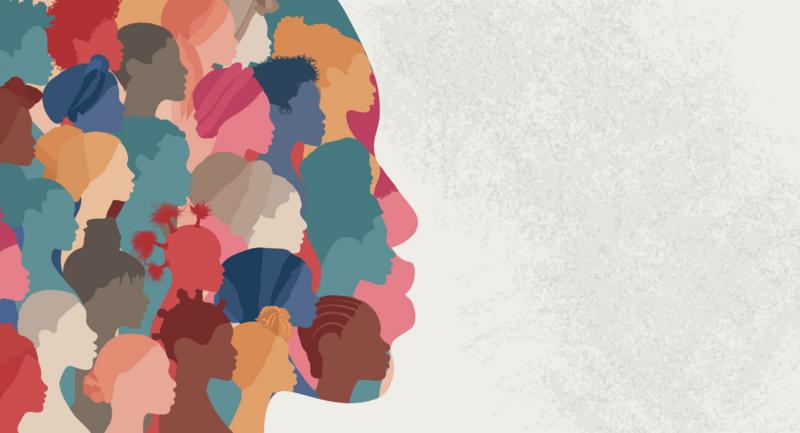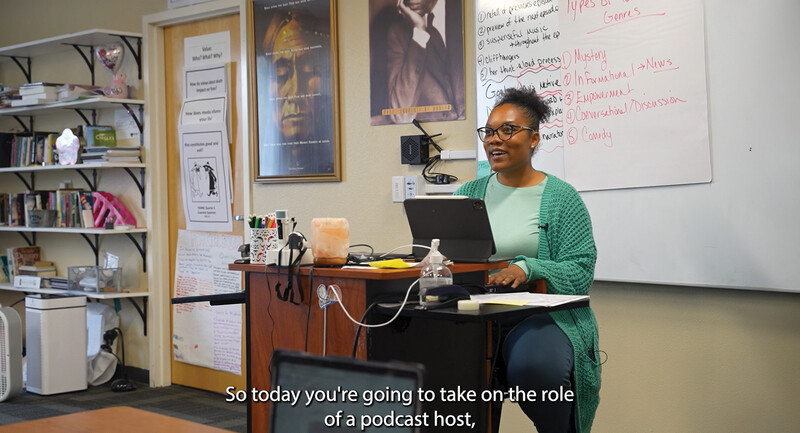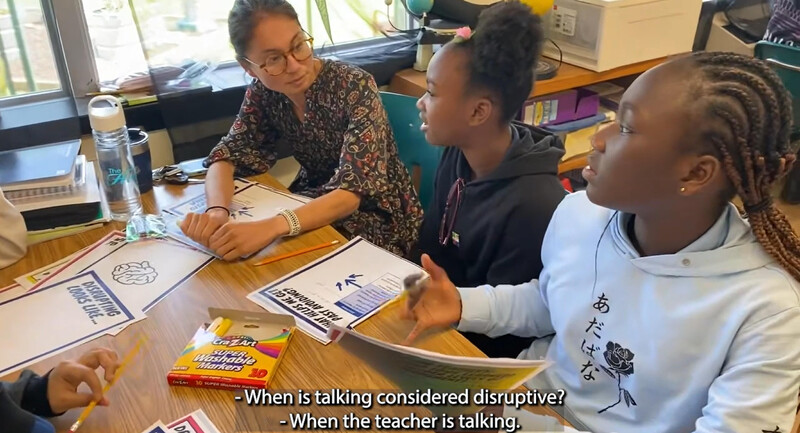There has been a major push for STEM education – Science, Technology, Engineering and Math – in American school systems. STEM programs promote a multidisciplinary approach that integrates these topics and applies them practically to the real world. But even with increased efforts, interest in these fields among students still skews heavily male.
While young girls report marked ambitions for their futures, they flock to other types of work, often in more people-focused fields. The inequality in STEM creates a landscape where innovation for the masses is created by a small portion of the population with a very narrow and similar set of life experiences. Luckily, educators have been developing methods to foster interest in STEM fields in girls. Techniques include expanding STEM’s interdisciplinary nature to incorporate other modes of learning and combining STEM variations with an approach called maker education. Maker education is an approach to learning described as a problem and project-based learning that relies on hands-on activities and classroom collaboration as a method for solving problems.
Efforts to expand the interdisciplinary nature of STEM can help widen its appeal to girls and other underrepresented populations. While STEM is interdisciplinary in itself, its four categories all fall into a relatively similar realm. If students aren’t inclined to this type of thinking, it can be difficult to draw significant interaction.
The most popular contemporary representations of tech influencers in our society are white men, and oppressive gender norms can deter girls and young women, and especially girls and young women of color, from connecting to the field. Some educators are making STEM more accessible to all students by creating STEAM and STREAM programs –– the “A” stands for arts, and “R” stands for reading –– and then combining those areas of focus with a maker approach.
A makerspace complements the interdisciplinary nature of STEM variations with its doer mentality. Maker education emphasizes hands-on experimentation, trial and error, and physical creation. Maker education programs usually operate in lab-like spaces and give students learning prompts that both tie to a real-world problem and integrate a variety of educational approaches.
A project that combines STREAM elements with elements of maker education could more thoroughly engage artistic and literary-minded students. But throughout the interactive process of the multifaceted project, they would also be developing the problem-solving skills the technological component brings to the table. A microsite from USC Rossier’s online Master of Arts in Teaching program offers an example of what a maker education STREAM project would look like: a class reading Charlotte’s Web (“R” for reading) uses a robot (“T” for technology) to design and draw (“A” for art) the book characters to do a retelling of the story.
With recent pushes to foster STEM and maker education in girls come opportunities for students to expand their education through extracurricular programs. Organizations like Techbridge Girls work to increase access to STEM education for young women of color from low-income communities and focus efforts on tying STEM projects to girls’ interests. Creating projects that are applicable and relevant to girls’ lives allows students to develop vital skills in ways that are meaningful, which can be more significant than disconnected math or science work. Programs like Techbridge also can provide girls with mentors and role models to help them work toward a STEM career.
STEM and maker education modes facilitate real-life skills by encouraging creativity and experimentation. As Techbridge notes, the programs can teach young women, who are so inundated with societal expectations of perfectionism, that failure is an inevitable and valuable learning tool that leads to the next discovery.
Alexis Anderson is a Sr. Digital PR Coordinator covering K-12 education at 2U, Inc. Alexis supports outreach for their school counseling, teaching, mental health, and occupational therapy programs.








